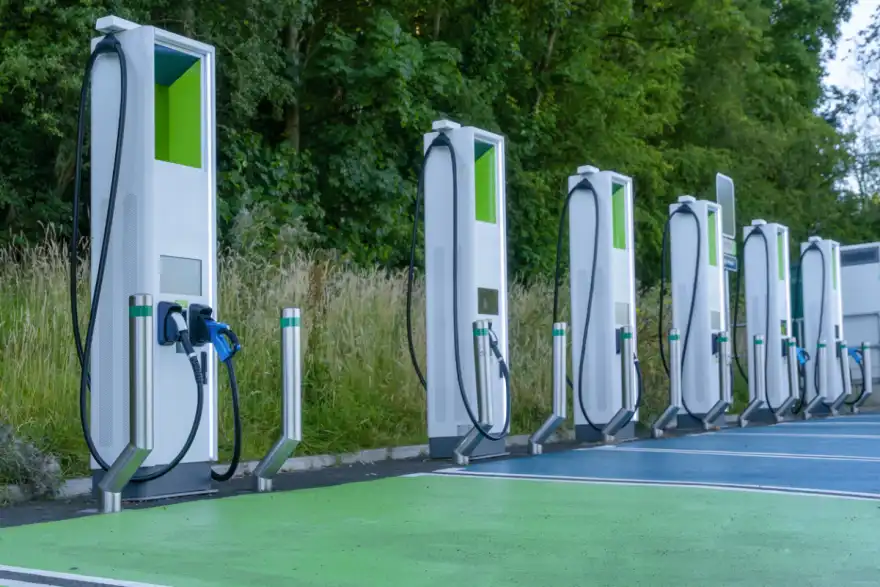
The UK is on track to hit the government’s target of 300,000 public EV chargepoints by 2030, but a new report from the National Audit Office (NAO) has raised concerns about uneven coverage. Areas outside London and the South East could end up missing out, which might leave many drivers without convenient access to charging.
As of July 2024, the UK had 64,632 public chargepoints, a number the NAO says aligns with the Department for Transport's (DfT) 2030 goal. However, the report points out that the focus so far has been on areas with early EV adopters, creating a significant imbalance. Nearly half (44%) of all public charge points are in London and the South East, with London having more than double the charge points per capita compared to any other region. In contrast, only 15% of England’s chargepoints are in rural areas.
The NAO warns that while the DfT’s target could be met, it doesn’t guarantee fair distribution across the country. This imbalance could make it harder for EV adoption to grow evenly, especially in northern and rural areas. The watchdog has urged the DfT to review its strategy and address these gaps.
Local authorities have access to government funding for chargepoint planning until March 2025, but delays mean many councils may need extra support to roll out their networks. Additionally, the report highlights a lack of focus on chargepoints for drivers with disabilities, which could leave their needs unmet as the network grows.
Geoffrey Clifton-Brown MP, Chair of the Committee of Public Accounts, said, “While good progress has been made on the rollout of public charging points for electric vehicles, there is still significant variation in their availability across the country. Issues with planning permissions and electricity grid connections are acting as roadblocks to further progress.
“If the government is serious about encouraging the take-up of electric vehicles, it must ensure the public can reach reliable, convenient and accessible charging points.”
Melanie Shufflebotham, co-founder of Zapmap, echoed these concerns, saying "Zapmap's latest annual survey showed that 61 per cent of EV drivers think the charging network has improved, but there were still concerns as have been identified in this latest report. More still needs to be done to ensure it is fairer for drivers regardless of where they live."
Similarly, Edmund King, president of the AA, said “The NAO is right to point out that northern and rural areas are not seeing installations at the same rate as the South. Similarly, we must ensure that the major A-road network can provide regular charging points.
“To provide confidence to drivers now and in the future, it is crucial that all road users, including those with mobility issues, can use public chargers easily,” he said. “That means ensuring step-free access to the charger, plugs and cables that are light enough for people to use, and vitally, easy payment.”




